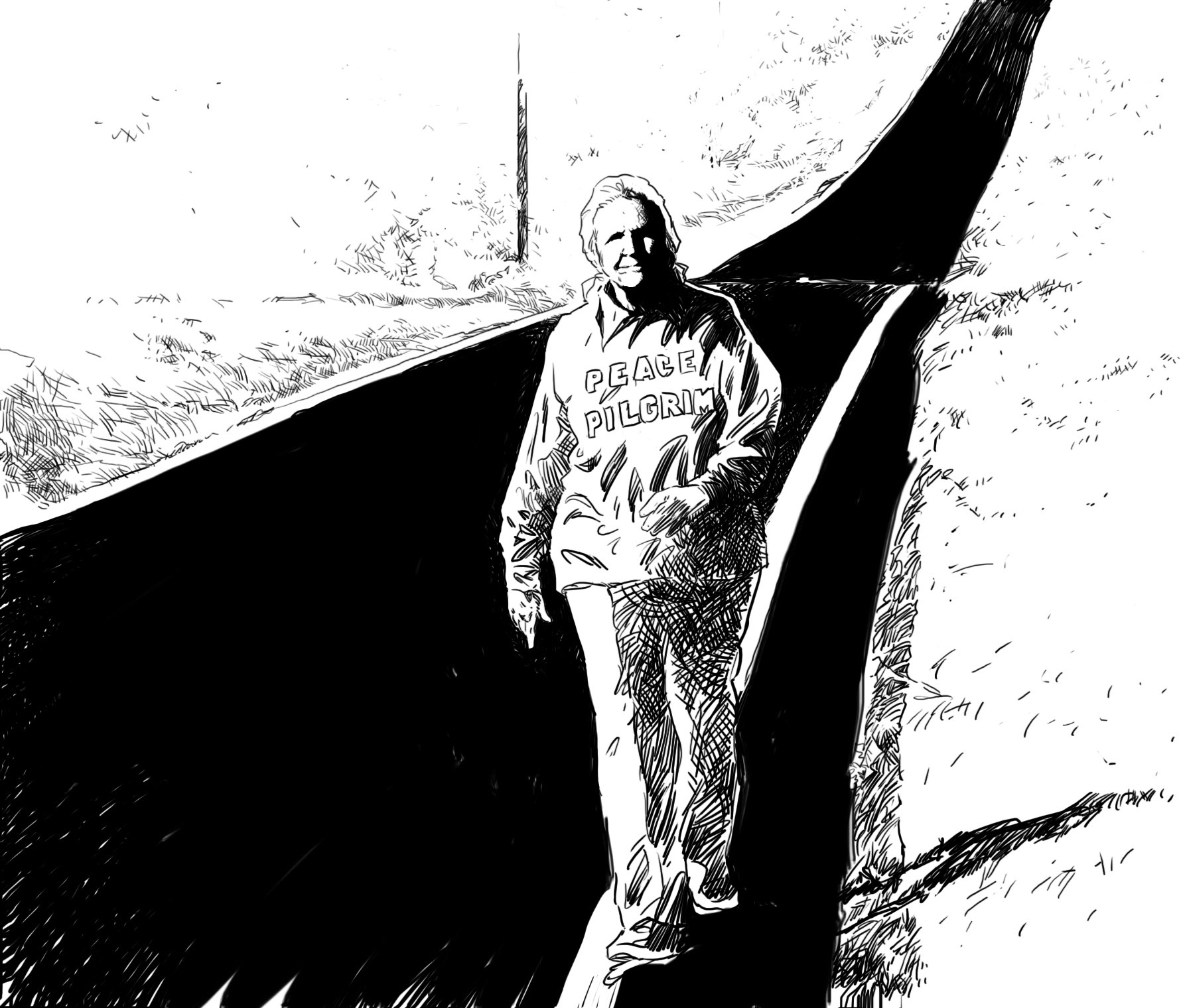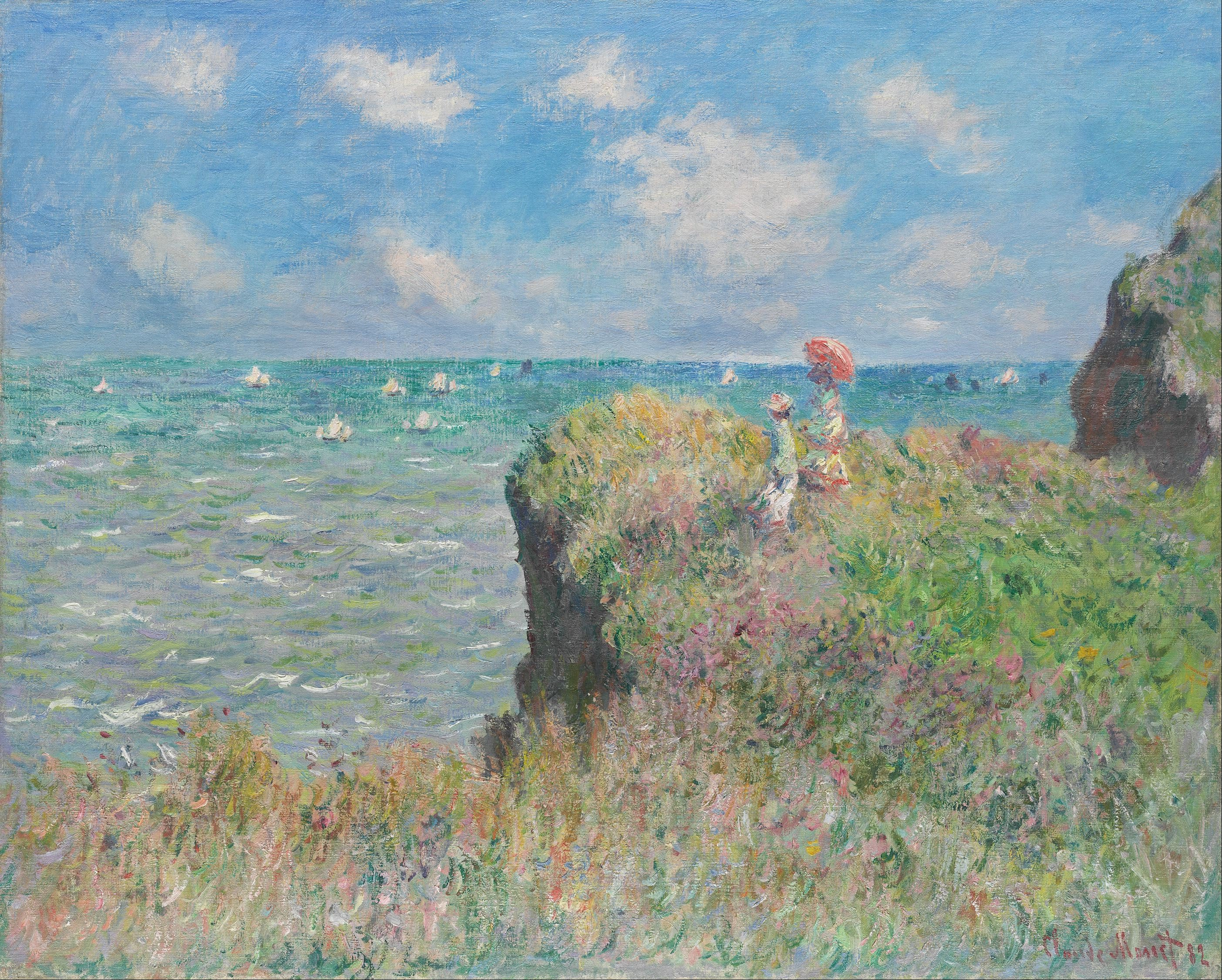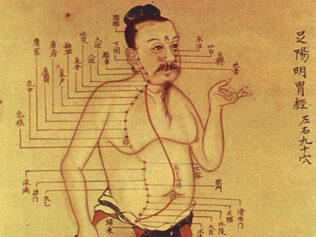
Walking backwards is extremely beneficial to us. One wonders why we don’t do it all the time!
Once a baby has learned to put her feet in her mouth and flip from her tummy onto her back, at more or less seven months old she will begin to crawl; backwards at first. I’m ashamed to say her parents, who haven’t slept properly for more than six months, greet this development with something like (malicious) joy: the harder the baby tries to reach the ball in front of her, the more firmly she presses herself underneath the bed. These first attempts to conquer the world around her often end in tears and frustration – which is understandable, given the baby hasn’t got the faintest idea that crawling backwards is extremely beneficial to her mental and physical development. Similarly, we adult Europeans don’t realize how many advantages walking backwards has to both our body and mind –even though it is one of the most popular forms of exercise in East Asia, particularly among people in the latter half of their lives.
“Not many people in our part of the world know this, but in China you can see people walking, and even running, backwards practically in every park,’ says Dr Bogdan Zemanek, chair of the Confucius Institute at the Jagiellonian University in Kraków. “Occasionally, someone will jog on their own; sometimes, two or three people will walk backwards and talk casually, just like they would on a regular walk. Occasionally, someone will glance behind themselves, but there is actually no need for that: when people see others move like this, they get out of the way.”
One hundred backwards, or a thousand forward
The fact that, in the Western world, walking (or running) backwards is still regarded as an amusing curiosity, may in fact work to its advantage, as British ultramarathon runner Shantelle Gaston-Hird has found out. Gaston-Hird, who holds the Guinness World Record in retro half-marathon, has been running backwards for eight years to raise awareness of school bullying. This is her way of showing support to survivors of abuse in schools; she also wants to help teenagers see how it’s good to go against the tide sometimes, not worrying that someone might laugh at you. “My goal with retro running, apart from being incredible for your fitness, is to show others that it is ok to stand out from the crowd. No one should be made to feel less special because they are not ‘normal’,” Gaston-Hird said in an Instragram post.
But there is obviously much more to walking backwards than its social aspect – much greater emphasis is placed on how extraordinarily beneficial it is to our health. In Japan, aficionados of retro walking even go as far as to say a hundred paces backwards is as good as a thousand paces forward. And this is not a metaphor, either: evidence suggests that, when we move in reverse, we burn 30% more calories than during a regular walk or run forward. But even that is not the key benefit, particularly not for the Chinese and Japanese, for whom obesity is not a major problem. In these societies, what matters most is bodily flexibility – and on this, retro walking proves unparalleled. It stretches the muscles painlessly, and, if practised regularly, it can prevent degenerative joint disease. This is what makes this type of walking so popular among China and Japan’s older populations.
“In everyday life, we do everything ‘forward’, engaging only a portion of our muscles,” says physiotherapist Mateusz Szpak “We neglect the entire so-called back muscle band: the buttocks and thigh biceps. And what happens with muscles, is that if we don’t use them, they grow weaker; with time, this leads to dire consequences. If we neglect our buttocks, we must come to terms with the fact that, sooner or later, we will begin to feel knee or lower back pain. What walking backward does is, first, it reduces the disproportion between ‘back’ and ‘front’ muscle power; and second, it develops the muscles which keep the knee joint stable. And it strengthens your buttocks as well – which matters, because the stronger your buttocks are, the lower the risk of lower back pain. Benefits all round. Apart from walking in reverse, I also recommend retro walking down the stairs to my patients: it’s one of the simplest and yet best exercises for alleviating knee, hip or back pain.”
Steps for the soul
Obviously, anatomical considerations are extremely important – but humans are not made of muscles alone, and the list of reasons why shifting into reverse gear may be a good idea does not end there. Moving backwards may be unaxiomatic, but then we are familiar with it since infancy. Moving in this direction releases us from mental automatisms and makes us more conscious of our bodies. All of a sudden, we become more aware of what is happening to our arms and legs, and our sense of direction improves. Since we no longer rely on our sight so much, our hearing and touch become fine-tuned.
Finally, (but no less important): walking backwards improves our memory. Two years ago, a study of the impact of sitting and walking on our ability to remember was carried out at Harvard University. It found that while walking backwards (or even watching footage of a camera moving backwards, which makes us think we are moving in this direction) does not affect our so-called long-term memory, it does significantly improve our short-term memory: the one that enables us to follow a conversation, understand what the film we are watching is about, or remember where we parked our car this morning. The precise influence of walking backwards on our minds remains unknown – but Professor Daniel Lawrence Schacter, a psychologist and co-convenor of the Harvard study, who has been looking into the process of remembering for years (10 years ago, he famously compared the human mind to a time machine), thinks the explanation is simple: we associate walking backwards with the past, which triggers a stronger reaction in the centre in charge of our memory. The mechanism of the triggering is as yet unknown.
Similarly, we don’t really know where the practice of walking backwards actually originated. Some claim it is rooted in ancient Chinese or Japanese traditions. This mode of movement may have been practised centuries ago by the Japanese samurai, for whom an alert and swift retreat often became a matter of life and death. Or, indeed, honour, as dying with a knife in one’s back was considered unworthy of a warrior. According to another theory, walking backwards is rooted in Chinese culture, as it enables us to feel spiritual harmony and make up for past mistakes. But Bogdan Zemanek is reluctant to swear by this idea.
“In China, the purpose of many forms of exercise is to trigger and unlock qi, the vital energy. Walking backwards might be motivated by something similar, but I wouldn’t jump to conclusions. My feeling is that, whenever the Chinese do things differently, we immediately tend to link it to antiquity and the search for qi. If I were offered one złoty for each Chinese thing considered ancient or spiritual by people in the West, I wouldn’t have to work for the rest of my life. In my view, this approach smacks of orientalization; sometimes even of an unconscious, colonial sense of superiority towards customs which are not part of our culture,” says Zemanek.
Perhaps there is no point in searching for sources – it’s better to simply warm up one’s neck muscles (they’ll be useful when we glance behind our back) and set off backwards. Apparently, the basic rule is the same as in walking forward: it’s taking the first step that’s the hardest.










